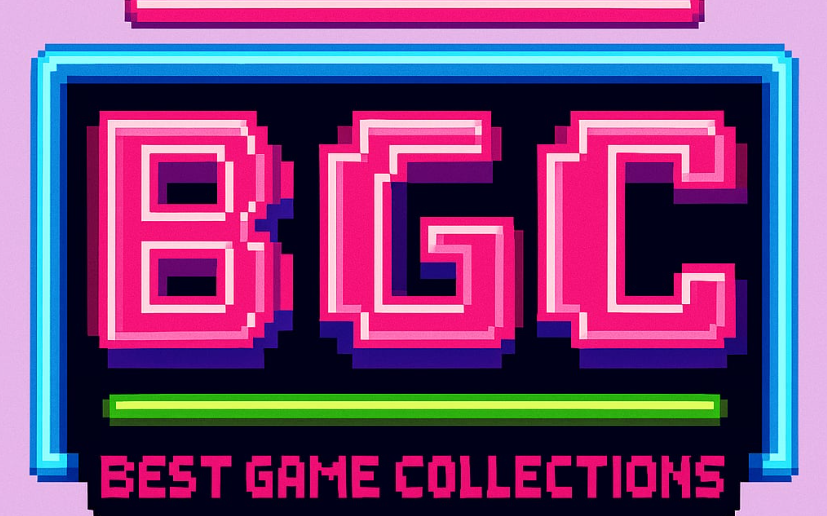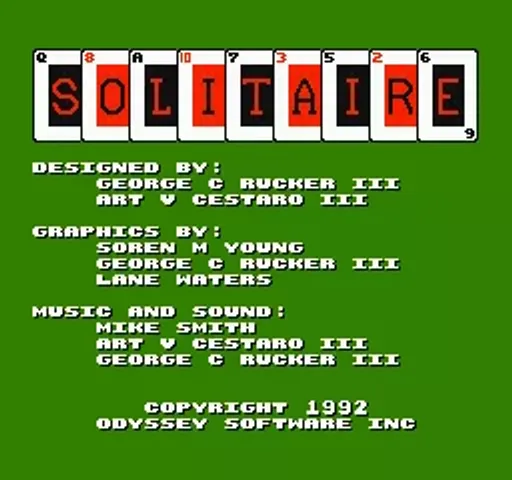 Alright, GamerFan, are you ready for this journey into the sophisticated realm of digital card sorting? The high-stakes, heart-pounding, adrenaline-fueled experience of… Solitaire?
Alright, GamerFan, are you ready for this journey into the sophisticated realm of digital card sorting? The high-stakes, heart-pounding, adrenaline-fueled experience of… Solitaire?
 Absolutely, RetroGamer84. Who needs Dragon Quest when you can spend your afternoon moving digital cards across a screen? With its robust real-time, fixed flip-screen mechanics and, of course, the groundbreaking point-and-select interface. Truly revolutionary!
Absolutely, RetroGamer84. Who needs Dragon Quest when you can spend your afternoon moving digital cards across a screen? With its robust real-time, fixed flip-screen mechanics and, of course, the groundbreaking point-and-select interface. Truly revolutionary!
 Indeed. Let’s get started. First, commentary on the visual splendor. The game gives you a menu to select from a variety of color schemes and backgrounds, none of which will probably blow your mind, yet they all manage to compete on the prestigious field of… monochromatic bliss.
Indeed. Let’s get started. First, commentary on the visual splendor. The game gives you a menu to select from a variety of color schemes and backgrounds, none of which will probably blow your mind, yet they all manage to compete on the prestigious field of… monochromatic bliss.
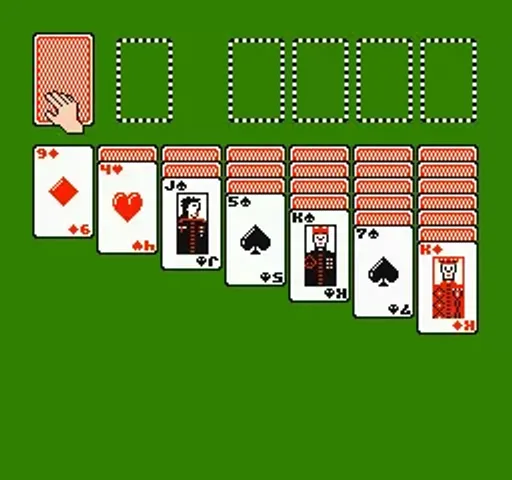
standard card deck
 Oh, the choices! But seriously, RetroGamer84, I have to admit one thing – these graphics are perfectly serviceable. But considering we’re just moving cards around, it’s somewhat expected. We could have been pampered with more diversity, though.
Oh, the choices! But seriously, RetroGamer84, I have to admit one thing – these graphics are perfectly serviceable. But considering we’re just moving cards around, it’s somewhat expected. We could have been pampered with more diversity, though.
 True. However, remember the state of tech in 1992. We have *Wolfenstein 3D* revolutionizing FPS, and here we are with this NES marvel. Did you know the team behind this made this right before CD-ROM games started kicking off? It’s like they knew this was their swan song.
True. However, remember the state of tech in 1992. We have *Wolfenstein 3D* revolutionizing FPS, and here we are with this NES marvel. Did you know the team behind this made this right before CD-ROM games started kicking off? It’s like they knew this was their swan song.
 It’s a curious swan song indeed. But let’s talk gameplay. Solitaire on the NES is exactly what you’d expect from the classic Klondike version. You can choose to draw one or three cards. Pro tip here: stick to the one-card draw unless you’re an absolute masochist.
It’s a curious swan song indeed. But let’s talk gameplay. Solitaire on the NES is exactly what you’d expect from the classic Klondike version. You can choose to draw one or three cards. Pro tip here: stick to the one-card draw unless you’re an absolute masochist.
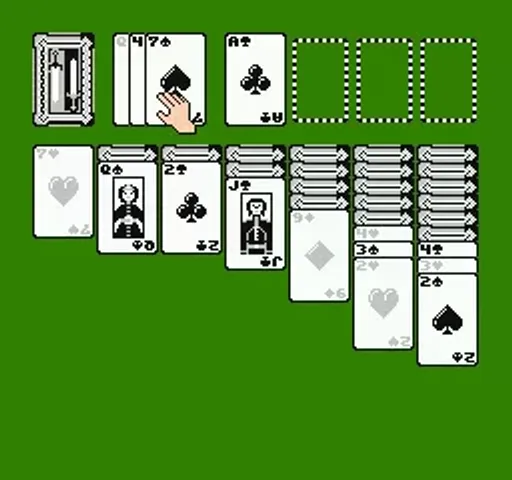
monochromatic card deck
 Ah, yes, and the thrill of redoing the deck over and over again when you make the smallest mistake. Nothing says “gaming nirvana” like fail-sifting through the cards indefinitely.
Ah, yes, and the thrill of redoing the deck over and over again when you make the smallest mistake. Nothing says “gaming nirvana” like fail-sifting through the cards indefinitely.
 Oh, and don’t forget the multiplayer feature! Oh wait… Never mind. Solitaire is inherently a single-player affair, unless you count the joy of passing the controller to a friend because you’ve hit a brick wall. Which I didn’t mean literally. I imagine the only sound effect would be the soft, thudding silence.
Oh, and don’t forget the multiplayer feature! Oh wait… Never mind. Solitaire is inherently a single-player affair, unless you count the joy of passing the controller to a friend because you’ve hit a brick wall. Which I didn’t mean literally. I imagine the only sound effect would be the soft, thudding silence.
 Speaking of silence, the music, or lack thereof, is… erm, atmospheric. Saves us from being subjected to yet another grating 8-bit loop, I suppose. But kudos to the team for sticking with a minimalist approach.
Speaking of silence, the music, or lack thereof, is… erm, atmospheric. Saves us from being subjected to yet another grating 8-bit loop, I suppose. But kudos to the team for sticking with a minimalist approach.
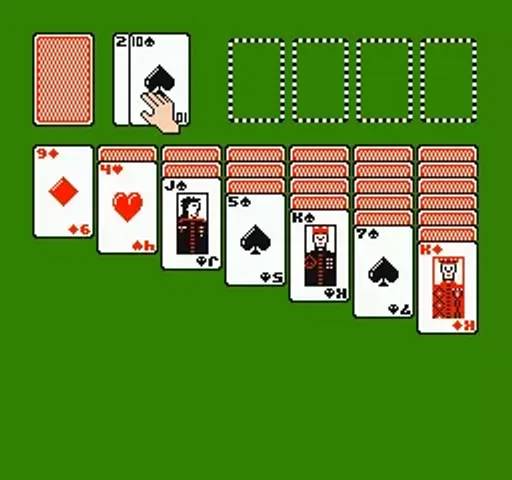
 Spoiler alert. Let’s talk about the thrilling ending where every card magically leaps to those upper piles, and you’re greeted with… oh, whoops, I blinked and missed it.
Spoiler alert. Let’s talk about the thrilling ending where every card magically leaps to those upper piles, and you’re greeted with… oh, whoops, I blinked and missed it.
 Right, right. The final boss in Solitaire is, hilariously enough, patience itself. If you manage to stick out and clear the board, the reward is a screen full of flying cards and your very soul questioning life choices. Riveting.
Right, right. The final boss in Solitaire is, hilariously enough, patience itself. If you manage to stick out and clear the board, the reward is a screen full of flying cards and your very soul questioning life choices. Riveting.
 In all seriousness, it’s a straightforward adaptation. I wouldn’t blame it if it wore a monocle and top hat just to class things up a notch.
In all seriousness, it’s a straightforward adaptation. I wouldn’t blame it if it wore a monocle and top hat just to class things up a notch.
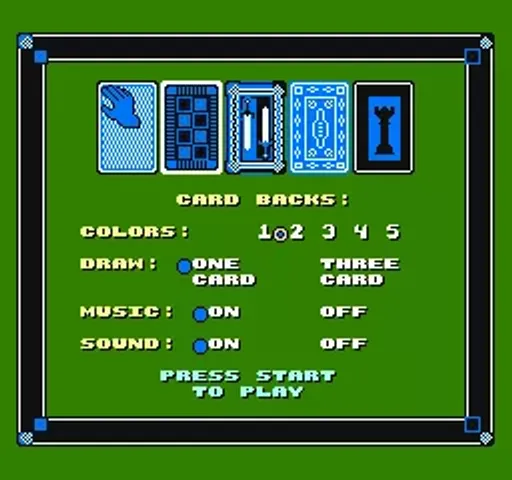
customize your deck
 With all the sophisticated irony aside, playing it feels a bit underwhelming. But hey, if you’re stuck at home and your RPG and action favorites are out, this game can help kill some time. Plus, it’s a bit of a time capsule showing how limited our gaming sensors were, back in the early ’90s.
With all the sophisticated irony aside, playing it feels a bit underwhelming. But hey, if you’re stuck at home and your RPG and action favorites are out, this game can help kill some time. Plus, it’s a bit of a time capsule showing how limited our gaming sensors were, back in the early ’90s.
 And if you need another tip to boost your ‘high score’—well, it’s Solitaire, so your skill will improve, and so will your time. There, there’s your life-changing pro tip.
And if you need another tip to boost your ‘high score’—well, it’s Solitaire, so your skill will improve, and so will your time. There, there’s your life-changing pro tip.
 Quite the pro tip indeed. Ready for another round, or should we boot up something a touch more… fulfilling?
Quite the pro tip indeed. Ready for another round, or should we boot up something a touch more… fulfilling?
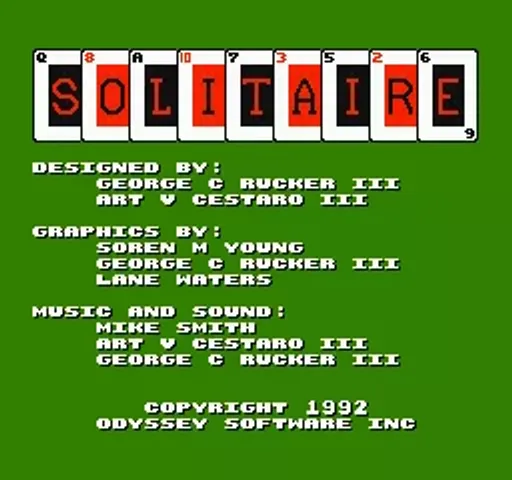
 I think it’s time for Link’s Awakening again. But Solitaire sure gave us something to laugh about today. All in a good day’s gaming episode, right?
I think it’s time for Link’s Awakening again. But Solitaire sure gave us something to laugh about today. All in a good day’s gaming episode, right?
 Couldn’t agree more. Until the next convoluted quest, my friend.
Couldn’t agree more. Until the next convoluted quest, my friend.
